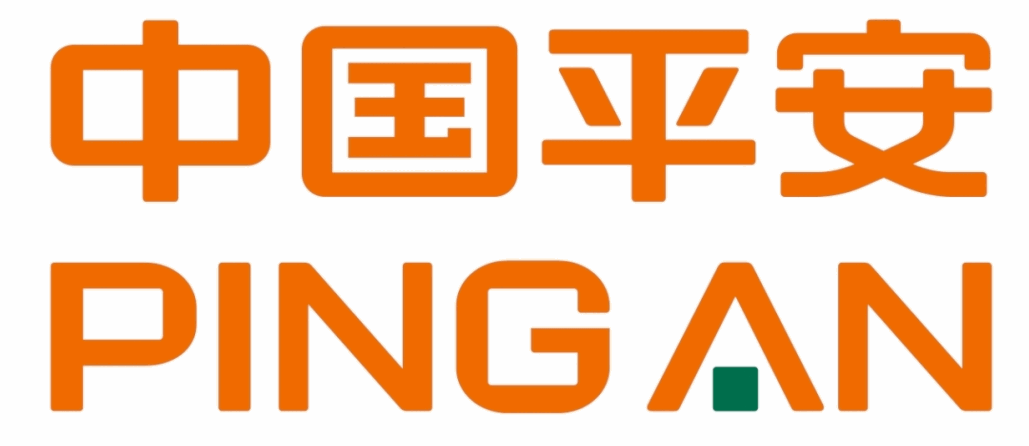Ping-An: Waiting out near-term sales weakness
■ While Jan and Feb saw strong sales growth, Mar sales weakened markedly, following regulatory-driven changes in pricing of critical illness products.
■ We conservatively assume sales weakness could continue for 3-4 months, based on a similar sales slowdown after the introduction of Doc. 134 in 2017. ■ Our 2021F NBV growth yoy forecasts for 1Q/2Q/3Q/4Q are now 17%/3%/3%/40%, giving a FY21F NBV growth forecast of 12.7% yoy.
■ Reiterate Add rating; TP cut to HK$125 due to lower NBV forecast and markto-market of the technology units in our SOP valuation. Mar weakness a marked contrast to Jan and Feb strength Following a strong start to 2021 in Jan and Feb, Ping An Life’s premiums slowed more markedly than we initially expected in Mar.
First year premium (FYP) growth of its individual channel was -17% yoy in Mar (Feb: +24%; Jan: +31% (Fig 1)). This in effect saw 1Q21 individual FYP slow down to +19% yoy, compared to 2M21 growth of +30% yoy. We believe the slowdown in Mar was largely due to customers bringing forward purchases of critical illness insurance given the regulatory changes implemented in Feb.
Drawing parallels from the experience of Doc 134 in late-2017 There are parallels that can be drawn from the withdrawal of certain insurance products when Doc 134 was implemented in Oct 2017, in our view.
While we are not currently expecting the same severity of a slowdown in sales (in terms of the percentage impact to growth rates), we think the four month slowdown of insurance sales (from peak to trough) (Fig 5) caused by Doc 134 offers a guide to the duration that premium growth could remain subdued, as a result of the recent regulatory changes to critical illness products.
Actuarial assumptions: a drag of 3% pts on FY21F NBV growth yoy Unlike some of its listed peers, Ping An now no longer restates historical NBV when it changes its actuarial assumptions.
As such, actuarial assumption changes announced at its FY20 results (relating to expenses and persistency) are dragging FY21F NBV growth yoy, including 1Q21F yoy.
Based on our estimates, the actuarial assumption changes are responsible for a 3%-pt drag on NBV growth yoy. Reiterate Add, with a slightly lower TP of HK$125 We reduce our FY21F-23F EPS due to lower premium growth and investment income assumptions.
Ping-An reports 1Q21 results on 22 Apr. Our SOP-based TP is cut to HK$125 from HK$131 due to a lower valuation for its life insurance segment (stemming from lower NBV and embedded value estimates), coupled with a lower fintech/healthtech segment as we mark to market the listed tech component of our SOP valuation.
We see the 1Q21 and 4Q21 results (where we expect Ping An to deliver stronger-than-peer NBV growth) to be catalysts. Key downside risks: tech valuation multiple de-ratings and Covid19-related impacts lasting longer than expected, as well as greater-than-expected competition driving down margins.
Near-term sales headwinds The sales drop-off in Mar was greater than we had initially expected This sees first year premiums in Mar YTD yoy slow to 19% from 2M21’s 30% yoy Following a strong start to the year in Jan and Feb, Ping An Life’s premiums slowed more markedly than we initially expected in Mar 2021. First year premiums (FYP) of its individual channel fell 17% yoy, a marked change from Feb’s +24% yoy and Jan’s +31% yoy (Fig 1). This in effect saw 1Q21 individual FYP slow down to 19% yoy, compared to 2M21’s 30% yoy.
While we still think that it is on track to deliver the highest new business value (NBV) growth among the China life insurers under our coverage in 1Q21F, we have decided to cut our FY21F NBV growth estimates, due to our concern that Mar 2021’s sales weakness can persist.
Ping An was not the only life insurer that saw weakness in Mar 2021’s premiums. Of Ping An’s listed peers, only PICC Life reports FYP, while the rest only report gross written premiums (GWP). PICC Life’s Mar FYP on an annualised premium equivalent (APE) basis was down 35% yoy, which is a marked change from Feb’s +17% yoy and Jan’s +7% yoy (Fig 2).
-By CIMB Bank Research


